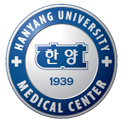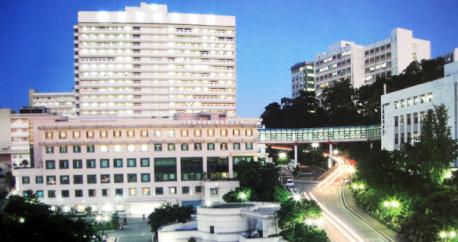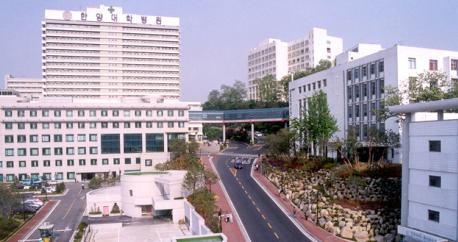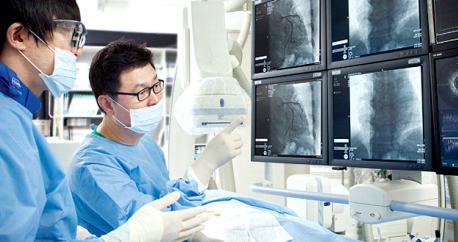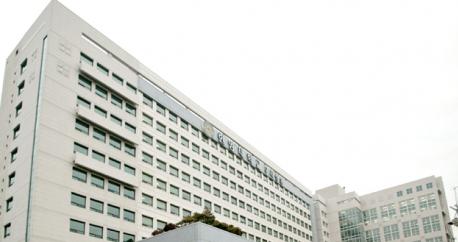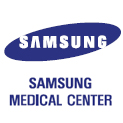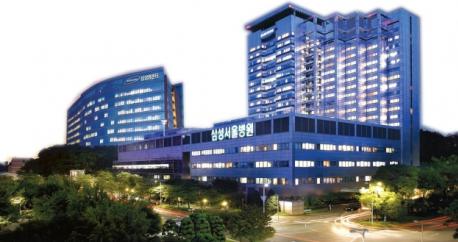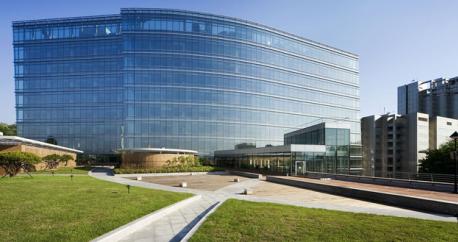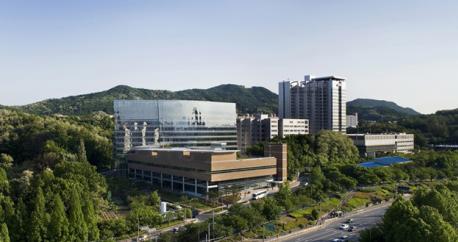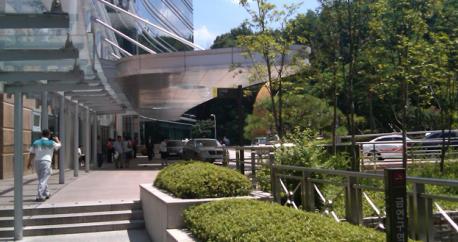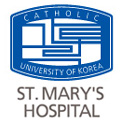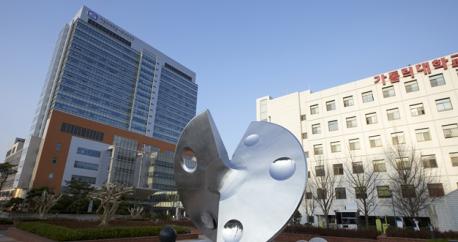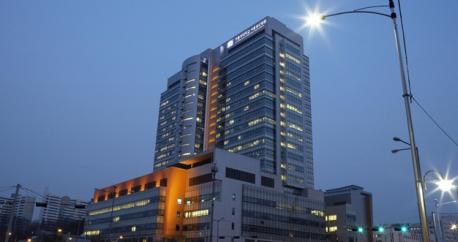Ischemic heart disease is characterized by reduced blood supply of the heart muscle due to coronary artery disease. Its risk increases with age, smoking, high cholesterol levels, diabetes, and hypertension. It is more common in men and those who have relatives with ischemic heart disease. Symptoms of ischemic heart disease include chest pain and decreased exercise tolerance. It is the most common cause of death in many Western countries, and a major causes of hospital admission.
Each organ of the human body gains nourishment and oxygen with the proper supply of blood caused by the pumping of the heart and the vessel supplying the heart with blood is called the coronary artery. The ischemic heart disease is the disorder that occurs when sufficient amounts of blood is not supplied to the myocardium with the coronary artery becoming narrow due to causes of vascular sclerosis, thrombosis, contraction and spasm of the vessels. This includes the myocardial infarction and sudden cardiac death that occurs when the blood flow to the heart is completely cut off and the angina pectoris caused by errors in supplying blood.
Medical Condition of Ischemic Heart Disease
- Angina Pectoris: Stable Angina, Unstable Angina, Variant Angina
- Myocardial Infarction
- Sudden Cardiac Death
Causes and Inducing Factors of Ischemic Heart Disease
As the Vascular Sclerosis of the cardiovascular system being the main factor, when exposed to the risk factors including aging, smoking, hypertension, diabetes, family history and obesity.
Symptoms of Ischemic Heart Disease
Chest Pain
Appears mostly during acute pain or exercise and the most typical cases are pressure placed in the center of the chest or twisting pain that spreads to the neck, arms or back. Angina pectoris disappears within 2~3 minutes and when continued for more than 10 minutes, it has the possibilities of being a myocardial infarction and must take an immediate visit to the hospital.
Dyspnea
Many cases occur with chest pain and although many cases occur when receiving emotional stress or exercise, it can also be induced during rest.
Dizziness, Fainting, Cold Sweat
In rare cases, Myocardial Infarction can occur without symptoms.
Diagnosis of Ischemic Heart Disease
Electrocardiogram
As the examination of recording the electrical activity of the heart through the electrodes applied onto the skin, it is the essential examination for diagnosing the cardiac arrhythmia with irregular heartbeat as well as the heart disease in addition to the x-ray examination.
Treadmill Test
Examination to evaluate the functional exercise abilities and the abnormal reactions of the heart that can occur during exercise by using the treadmill or the bicycle ergometer.
Echocardiography
Examination to confirm various heart diseases or structural abnormalities by observing the structures and functions of the heart by using the ultrasounds that are harmless to the body.
Nuclear Cardiology
Examination to accurately evaluate the heart functions and blood flow conditions by diagnosing heart diseases by safely and specially photographing the heart.
Coronary CT
Examination to observe the abnormalities in the functions of the heart and the coronary artery that move continuously with the image diagnosis gaining the cross-sectional image or the 3-dimensional image of the body by reconstructing the absorption differences with computer by penetrating the x-ray into the body.
Coronary Arteriography
Most accurate examination to examine the narrowed coronary artery by photographing the contrast medium going through the coronary artery with the x-ray.
Treatments of Ischemic Heart Disease
Drug Therapy
Non-surgical Treatments - Coronary Artery Intervention
- Percutaneous Transluminal Coronary Angioplasty: Treatment of settling stricture by inserting the narrow tube with the balloon into the artery and into the coronary artery of the heart for expanding the balloon.
- Percutaneous Transluminal Angioplasty: Treatment of placing the support to obstruct the stricture by inserting the stent after expanding the vessel that has become narrow due to the Percutaneous Coronary Angioplasty.
- Rotational Atherectomy: Surgical operation of replacing the narrow blood vessel with the diamond - shaped blade on the end of the catheter.
- Directional Atherectomy: Surgical operation of shaving the plaque.
Surgical Operations
- Myocardial Laser: Surgical treatment method for telophase angina patients to increase blood supply to the cardiac muscles by piercing the hole in the ventricles of the heart by using the laser.
- Coronary Artery Bypass Graft: Surgical operation that smoothens the blood supply by creating a bypass using other vessels to cardiac muscles reduced with blood supply due to narrowed or stopped vessels.
KMH Recommended Tips
- Patients with vascular diseases must take on appropriate amounts of rest and exercise and move within the range of not feeling discomfort of the chest, respiratory distress and exhaustion.
- Avoid situations with emotional stress.
- In cases of excess weight caused by fat, pressure is placed the heart which becomes the aggravating factor. Therefore, the patient should control their weight.
- Regular exercise is very important in prevention of cardiac pain.
- Low sodium and low fat diets must be taken to reduce burden on the heart and restrict excessive intake of caffeine.
- Smoking increases heart rate and elevates blood pressure, therefore, smoking is forbidden.
- Carry Nitroglycerin* at all times and take ahead of time when anginal pain is expected in activity.
- The physical condition must be always examined with regular hospital visitations and other precautions related to the treatments per diseases must be informed.
Tips for Nitroglycerin
- Medicine is to be placed in a brown glass bottle and sealed.
- Avoid having direct contact with the medicine and dispose of product after 5 months.
- Do not open the bottle unnecessarily.
- Fresh medication has the burning sensation when placed under the tongue.
- Do not swallow until the medication is melted.
- Sit down until the effects of medication remains.
- Visit the hospital when pain continues for 3~4 minutes after taking the medication.
